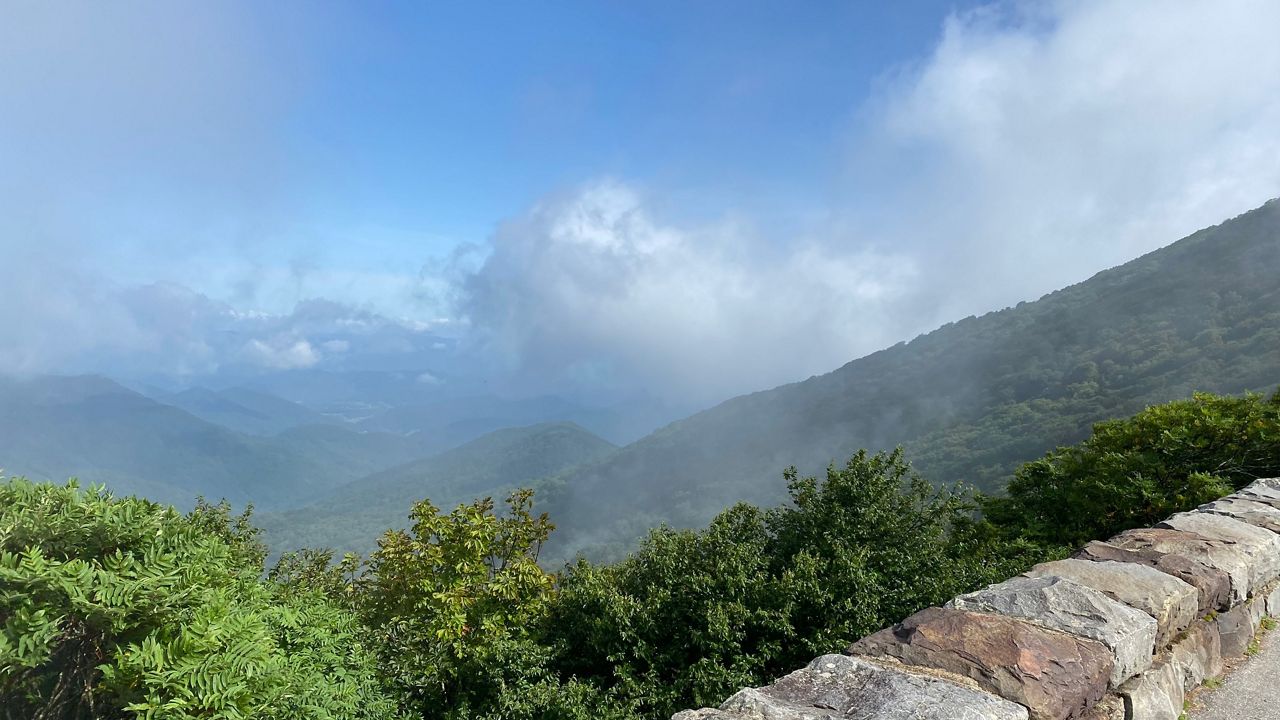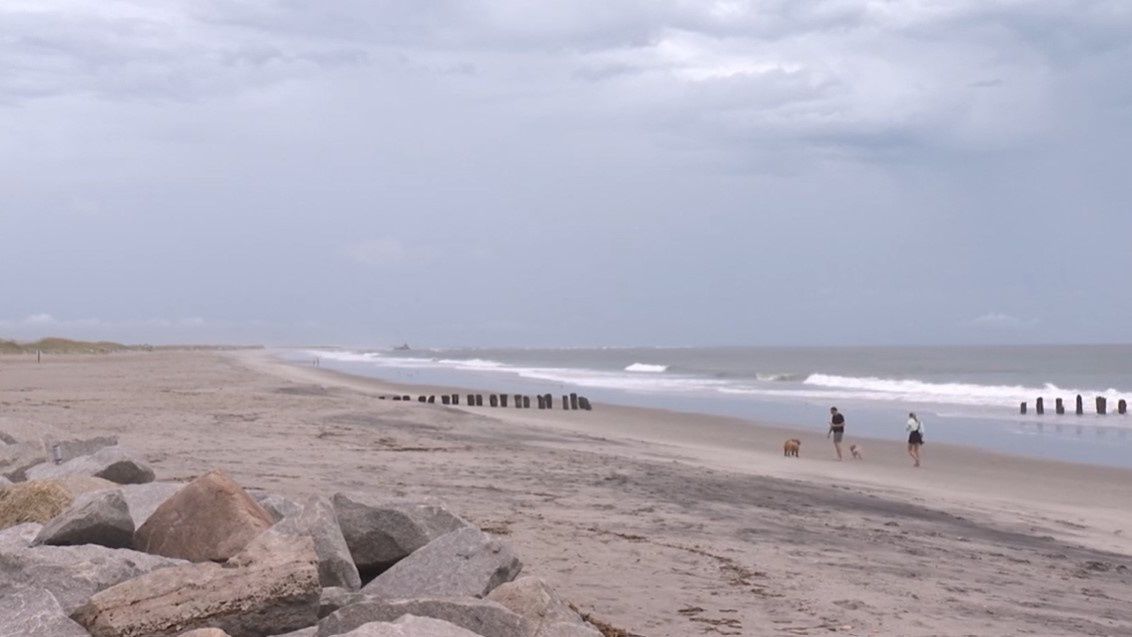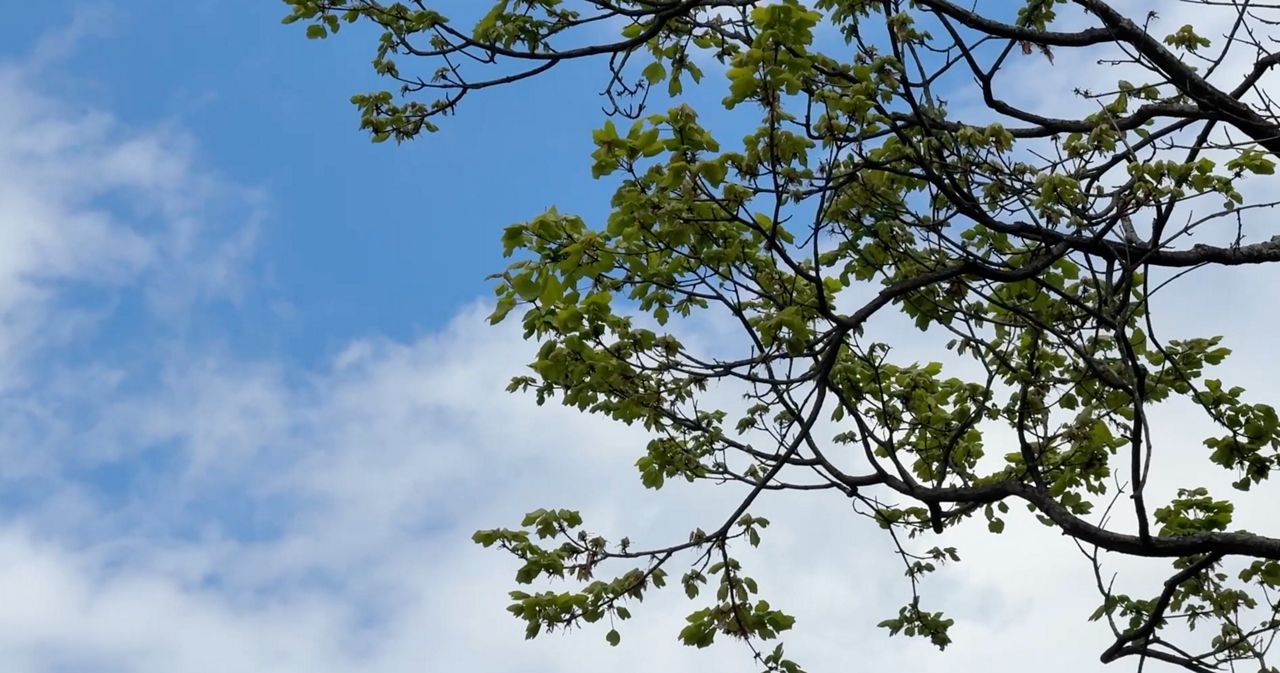From the Craggy Gardens overlook on the Blue Ridge Parkway, the wild peaks and dense woods spread out for miles in Pisgah National Forest.
Between Pisgah and the Nantahala National Forest, there are more than a million acres of federally owned forest in western North Carolina. But a new management plan from the U.S. Forest Service could open up half of the forests to potential logging.
What You Need To Know
- A new U.S. Forest Service plan could expand logging in Pisgah and Nantahala National Forests
- The draft plan would allow logging on as much as 3,200 acres, up from 650, in the forests in western North Carolina
- Environmentalists critical of the plan say the logging would include old growth forests that serve to sequester carbon and provide important habitat for wildlife
- The plan has been in the works since 2014, but officials say they hope to finalize it this year
The new plan proposes to almost double the amount of logging in the forests in the short-term, from 650 acres to 1,200 acres per year. The longer-term goal in the plan is to log up to 3,200 acres each year, five times more than what's currently logged.
The potential logging areas include the old growth forests below the Craggy Gardens overlook, which is about a half-hour northeast of Asheville, North Carolina. The areas could also include the corridors along the Appalachian Trail and the Mountains to Sea Trail, advocates say.
“Historically, Pisgah Forest has been the gem that has grounded us in western North Carolina, that draws a lot of people here,” Asheville Mayor Esther Manheimer said. “It also, in a very practical way, provides us with a clean environment that we need for drinking water and basic necessities like that.”

Manheimer joined more than 150 people Monday for a rally outside the U.S. Forest Service office in Asheville. Federal officials with the Forest Service, part of the U.S. Department of Agriculture, are meeting this week to try to finalize a new 10-year management plan for Pisgah and Nantahala.
Advocates say the Forest Service has received more than 39,000 comments opposing the new management plan for western North Carolina forests. That includes formal comments passed by the Asheville City Council.
Manheimer and other members of the council agreed in a vote: “We don’t think it does enough to preserve the forest and exposes too much to timbering.”
The rally had a festive feel, a band played under a big tent, there was a food truck and ice cream for sale in the parking lot in front of the forestry building. There were dogs and children playing on the ground, and the usual mix of characters you’d expect to see at an environmental rally in Asheville.
Forest Service rangers mingled with the crowd, not far from downtown Asheville. There were speeches too, by the mayor, local advocates and high school students.
Forest Supervisor James Melonas, the man in charge of North Carolina’s National Forests, joined the rally, talking with people, and he took to the podium himself to speak.
“I know how much you all love these forests, they are amazing places. I love the Nantahala and Pisgah too, that’s why I’ve dedicated my career to this work,” he said.
Melonas, speaking into a microphone, pointed out that the forests in western North Carolina are among the most-visited in the United States, and have had the most volunteer hours of any in the system.
But he did not say the Forest Service would stop logging, even in old growth areas.
“We are having to balance all these different uses on the forest,” Melonas said. The draft plan lays out what those different uses are: preserving habitats for plants and animals, making sure people have access to the forests, supporting recreational uses, and maintaining the economic and social contributions of the forests like logging and hunting.
Melonas said that’s his job: to balance all the competing interests.
On Tuesday and again on Thursday, Melonas and others from the Forest Service are holding an “objections meeting” to hear from invited people and groups who do not like the plan.
This is essentially a chance for the Forest Service and advocacy groups to hash out proposals to protect specific areas. Many of the objects have to do with protecting areas from logging, designating areas as wilderness, limiting the number of logging roads and protecting a number of species in the forest.
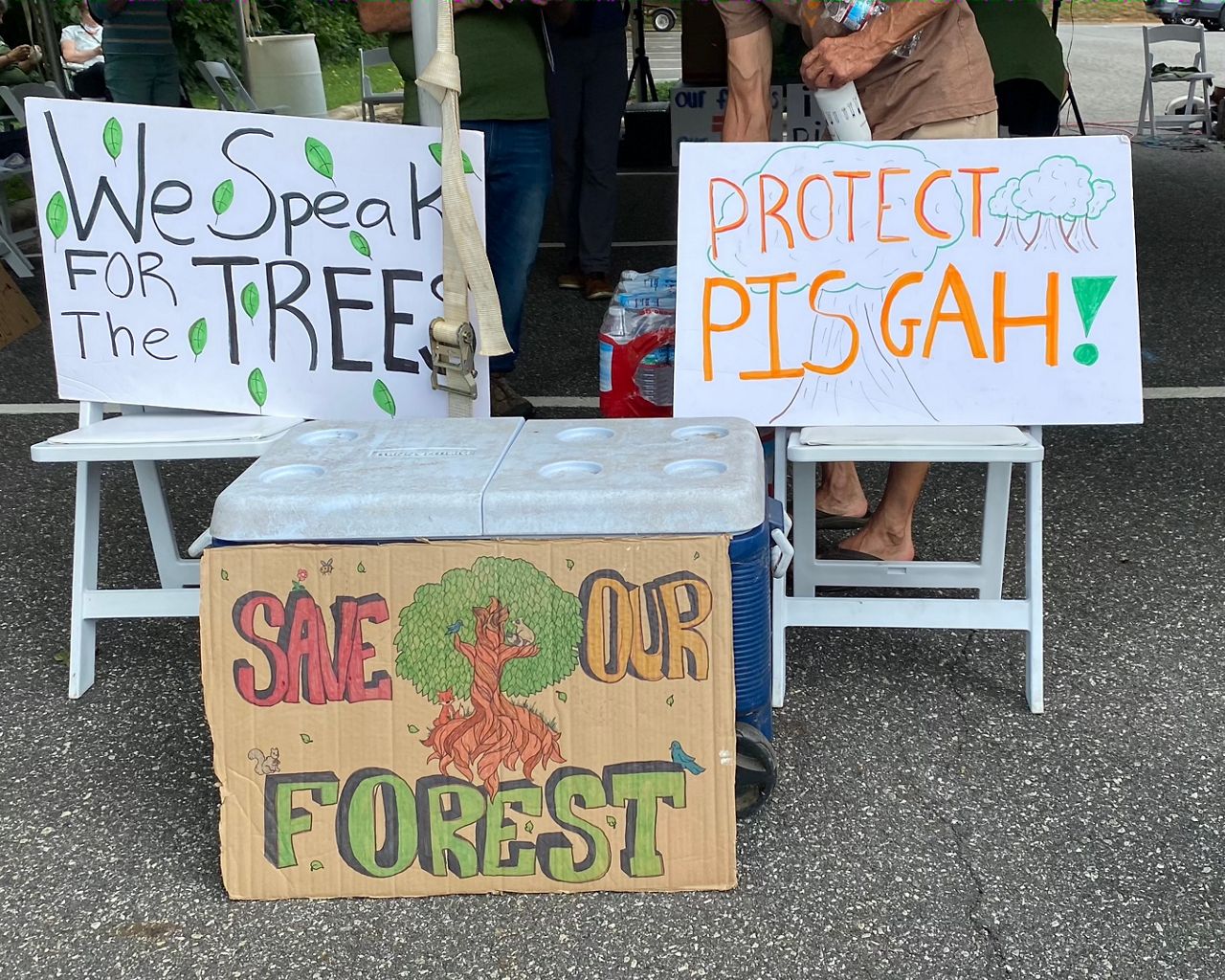
Western North Carolina has a long history of logging. When Pisgah was founded in 1916, and Nantahala in 1920, they were part of the USDA’s Forest Service, not the National Park Service. Logging and other commercial uses were always part of the forests.
The first forest plan for Nantahala and Pisgah was signed in 1987, and it’s been updated 26 times since then, according to the Forest Service. The last time the Forest Service adopted a new plan for the forests was in 1994.
That plan was only supposed to be in place for 10 to 15 years. This new proposed plan has already been in the works since 2014. The Forest Service released its first draft Feb. 14, 2020, opening it up for public comments.
The process started under the Barack Obama administration, but the draft wasn’t released until Donald Trump’s final year in office. And it is expected to be finalized during the Joe Biden administration.
But it’s not clear if those changes in administration have had much impact on how the plan is actually shaping up.
“The federal government is a large, slow-moving entity. So regardless of who the president is, sometimes you see change as it trickles on down and sometimes you don’t really, because something’s been in the works for so many years,” the Asheville mayor said.
“We’re hopeful that under this administration that we will get a better opportunity to be heard and look for change in the final plan, but it doesn’t necessarily guarantee that we will,” Manheimer said.
Melonas, the forest supervisor, said a hundred years ago, before the forests were designated, most of the land had been cut over. He pointed to Pisgah and Nantahala as some of the greatest examples of what conservation can do.
“We’re also the birthplace of scientific forestry in America,” he said. Indeed, part of the forest is designated as “The Cradle of Forestry.” North Carolina even has a special green and yellow “First in Forestry” license plate to go along with its “First in Flight” tags.
The Cradle of Forestry is where Carl Schenck, forester for the Biltmore Estate, founded the first forestry school in 1896. It's now an American Heritage Site just off the Blue Ridge Parkway.
“Sometimes as we work with all the different interests, we aren’t always going to agree with everything,” he said.
Advocates are particularly concerned about areas with old growth forests, which can take 100 years to develop, sequestering carbon and giving habitat to a whole range of wildlife from songbirds to black bears.
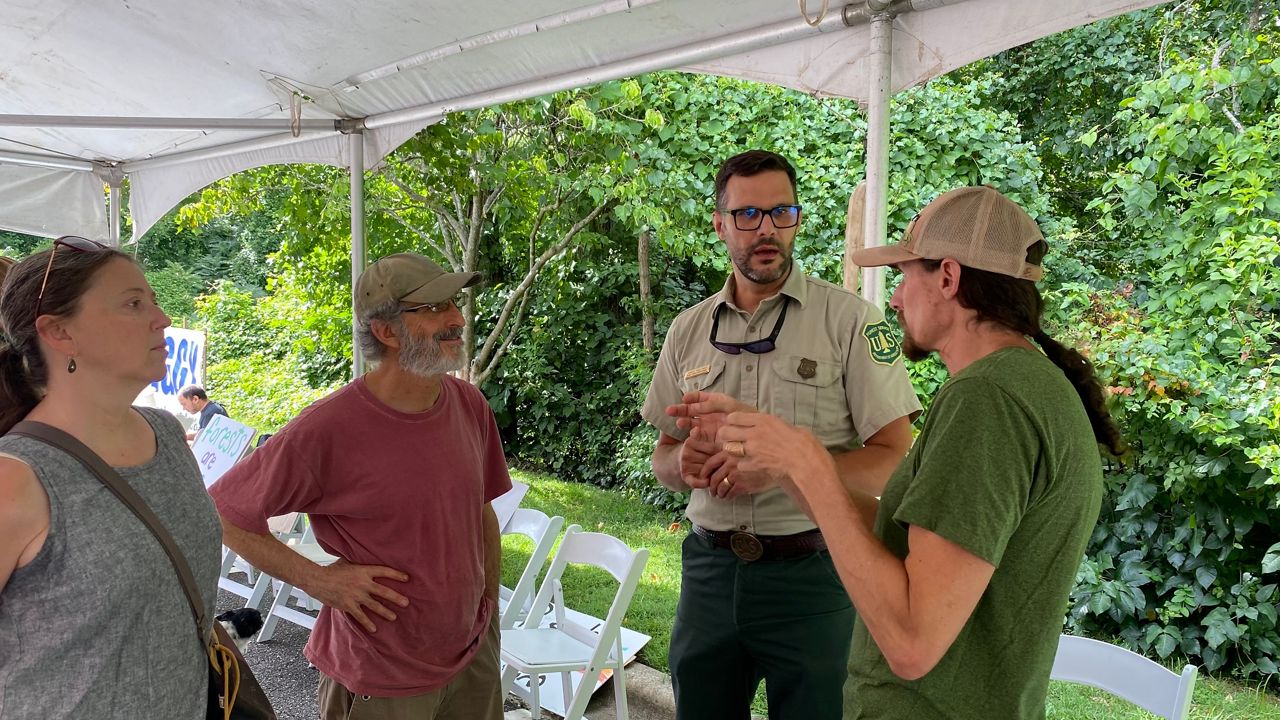
The new forest management plan for Pisgah and Nantahala is in its final stages after more than eight years of work. After the objections meeting this week, the negotiations will go up the Forest Service chain of command in the Department of Agriculture.
Melonas said he hopes to have the final plan released by the end of the calendar year.
The impacts of climate change will be a major part of the new plan.
“As we look at the next generation and what we’re facing, the rate of change is increasing,” he said. The impacts include stronger storms and floods, but also new invasive insects and diseases that could harm the forests.
Buzz Williams, with the Chattooga Conservancy, said he has been through this before. He said he’s been with the conservancy, helping protect the Chattooga watershed, for 35 years. He was involved the last time the Forest Service made a new plan for Pisgah and Nantahala almost 30 years ago. Before that, he said, he worked for the Forest Service.
He said over his decades working for and with the Forest Service, leadership in the federal service have called for old growth forests to be inventoried and protected several times.
As the years have passed, climate change has become more and more of an issue. And protecting old growth forests is also about helping with climate change.
“Climate change is the biggest issue facing mankind. If you protect old growth, you sequester carbon, you set corridors for wildlife to move and adapt.”“Climate change is the biggest issue facing mankind. If you protect old growth, you sequester carbon, you set corridors for wildlife to move and adapt.”
Earlier this year, Pres. Biden ordered the Forest Service to once again inventory old growth forests on federal lands so they can be protected.
“During that one-year period when they’re supposed to do this third inventory, they’re going to keep cutting old growth” in North Carolina, Williams said.
Organizations like the Sierra Club, the Southern Environmental Law Center, Defenders of Wildlife and other big names in environmental circles are working to get the Forest Service to change the current draft plan and protect more of Pisgah and Nantahala from logging.
Williams, whose organization is also formally objecting to the plan, said there’s a bigger issue.
“The Forest Service missing. Their whole mission needs to change,” he said, “from managing crop trees under the Department of Agriculture, to put it under the Department of Interior.”
But taking the Forest Service from the USDA to the Department of Interior, which includes the Parks Service, would take an act of Congress.
“This fight is not over. We will see after this conflict resolution over the next few days if they’re going to give an inch,” he said.





